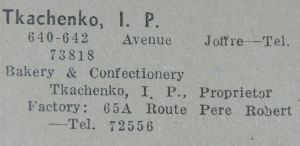One of my recent post was focused on a market garden supplier to Park Hotel, Jardin Français. As mentioned in a comment, getting safe vegetables in Old Shanghai was not such an easy task. “Honey pots”, i.e. human defecation was collected all over Shanghai and used as fertilizer. The daily morning collection was still going on for years when I lived in the Former French Concession, until around 2010. The modern version of the collectors were riding bikes but I am sure the Old Shanghai version were just walking with a stick over the should supporting two buckets on each ends. This recycling of human manure was causing vast hygiene issues including epidemics. One solution was to buy vegetables from a safe place, such as Jardin Français that is the topic of an earlier post. Another one was to eat imported canned vegetables.
The idea of cooking food in a seal container was invented by French man Nicolas Appert to feed troops for the Napelonic wars. It was massively used for preserving fishes with many factories located in Britany. Food was preserved in glass jars and later in metal boxes, but canned food remained a luxury items. The process of “double seams” lead to the creation of the modern tin in the beginning of the 20th Century and was largely used during World War I. After the war, canned food companies turn to the civilian market, expanding their range of products to satisfy new customers.

Canned food was available in Old Shanghai, as shown in ads below from the “Journal de Shanghai” 21st March 1928. Although Cassegrain is still famous today for it’s canned vegetables, the Nantes based company definitely had a much larger range then. Advertised products are mostly canned fish, as well as staple of French Cuisine including Tripes, Cassoulet and Choucroute. Cassegrain was available in China much earlier, as the company website shows Cassegrain canned food was used to supply Russian Troops during Port-Arthur siege in the Japano-Russian War in 1904-05 (Port-Arthur was located close to Dalian in Liaoning province of China). Cassegrain products were imported in Shanghai by one of the major French import/export company, Racine & Cie which was also famous for importing wines (see post French wines in Old Shanghai for more information).
Another famous French brand of canned food was Rödel from Bordeaux. The company still exists with its main factories also in Britany. This brand must have been of very high level, as below ad was found in Feb 1932 magazine of the Cathay Hotel. The list of canned products is mostly fish, French “Plats cuisinés” (ready made French dishes) and “patés & truffles” (I am sure this also meant fois gras). Vegetables were peas (still one of main canned vegetables) and “Autres légumes”, i.e. other vegetables.
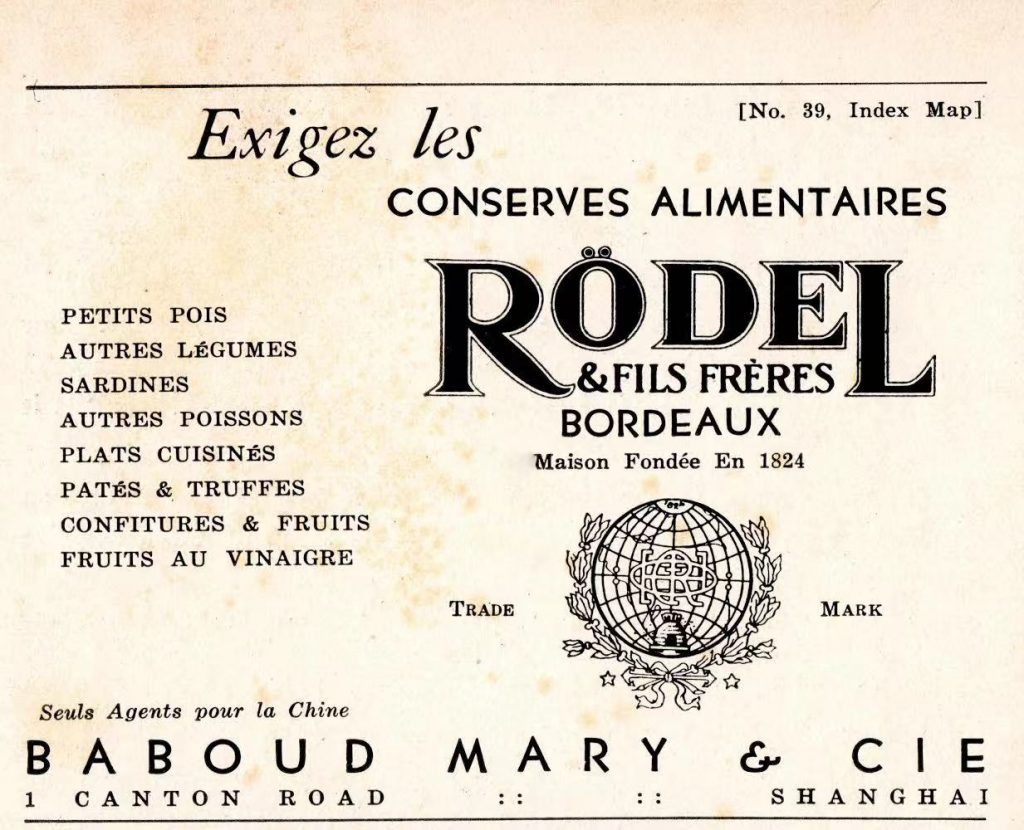
Also much less mainstream as Cassegrain, Rödel still exists today focusing on high quality canned Sardines. None of the ads mentioned canned milk or dairy products that seem to have been the speciality of Dutch companies as well as Australia & New Zealand companies. This was the focused on an older article, “Milk and Butter“. For wine import, go to post French wines in Old Shanghai.
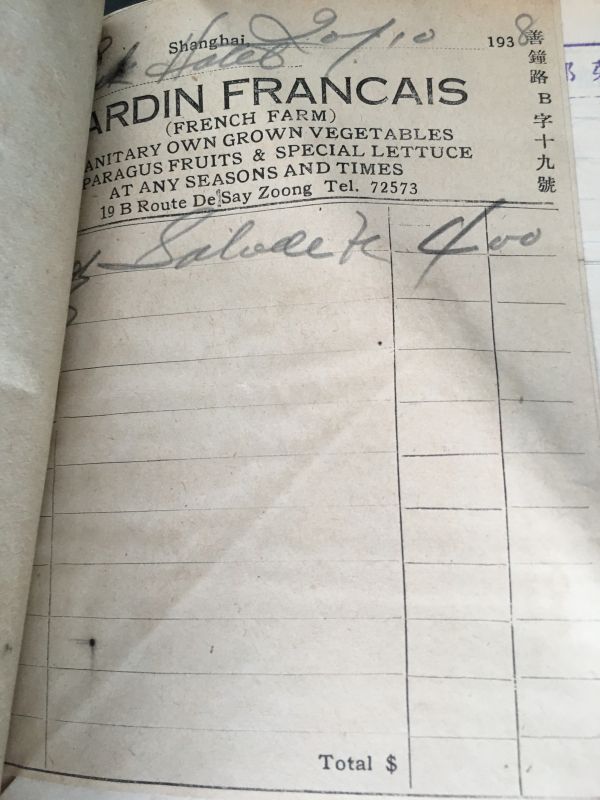
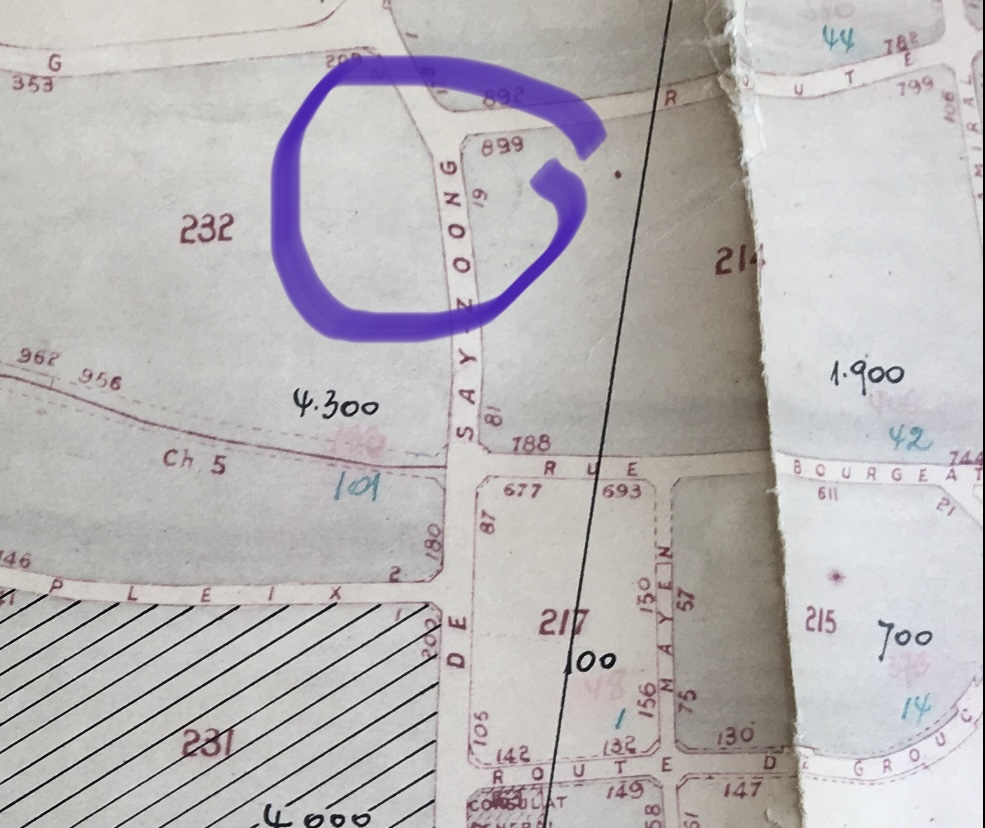
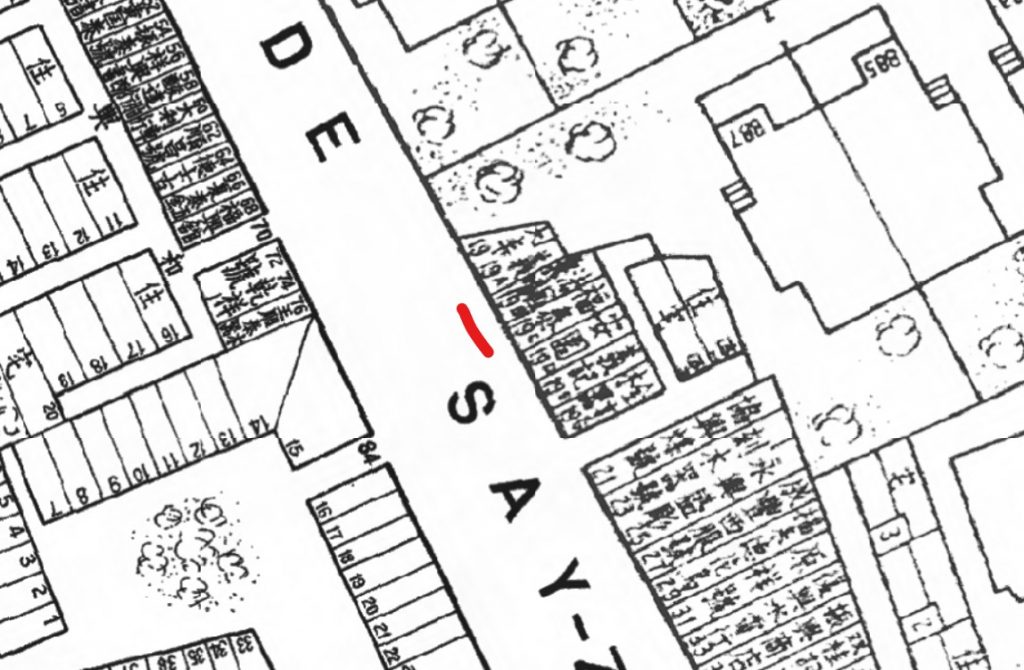
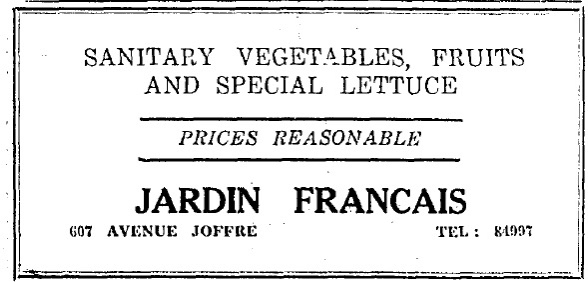
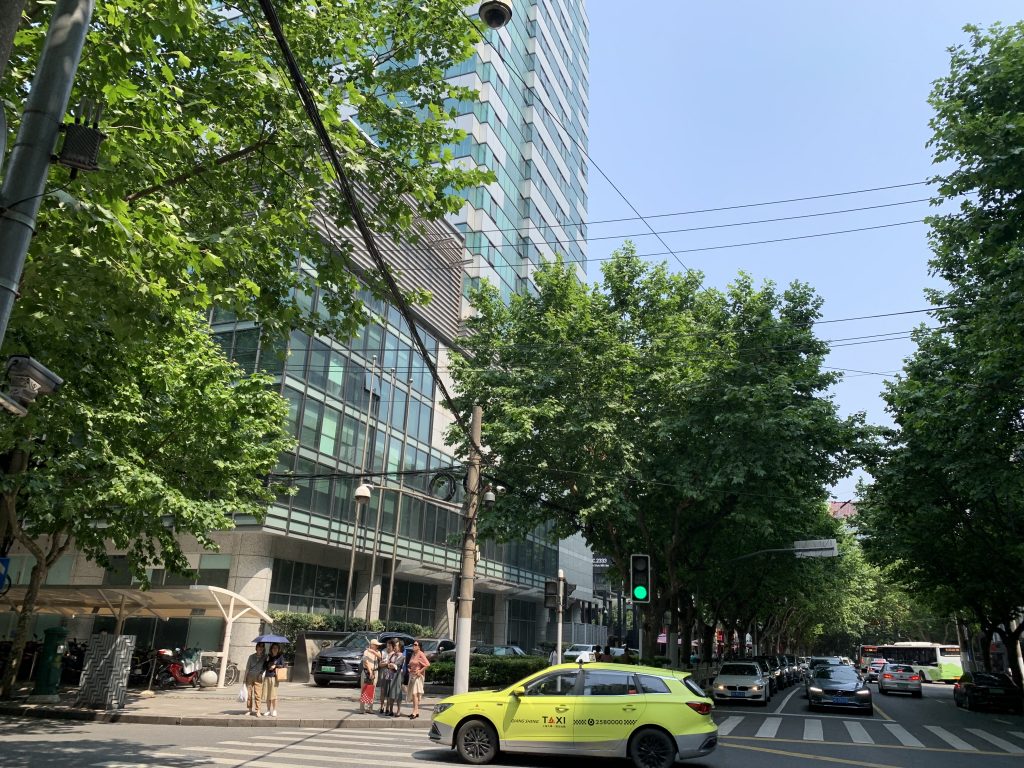
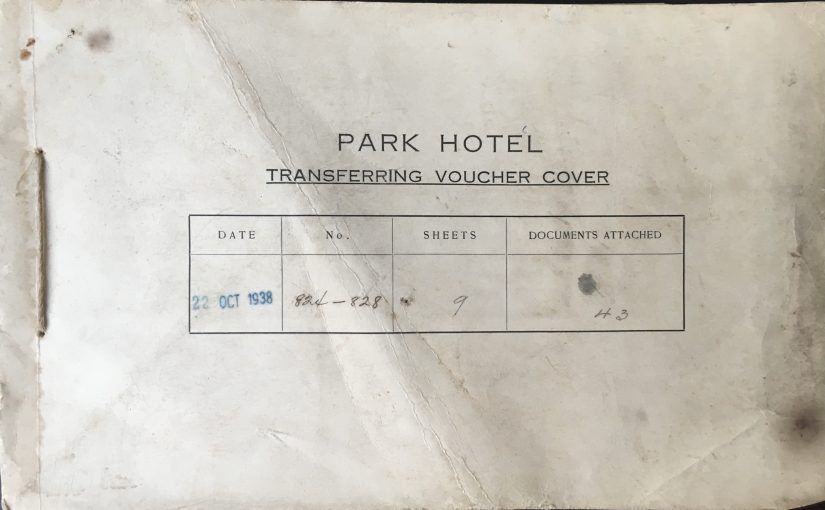
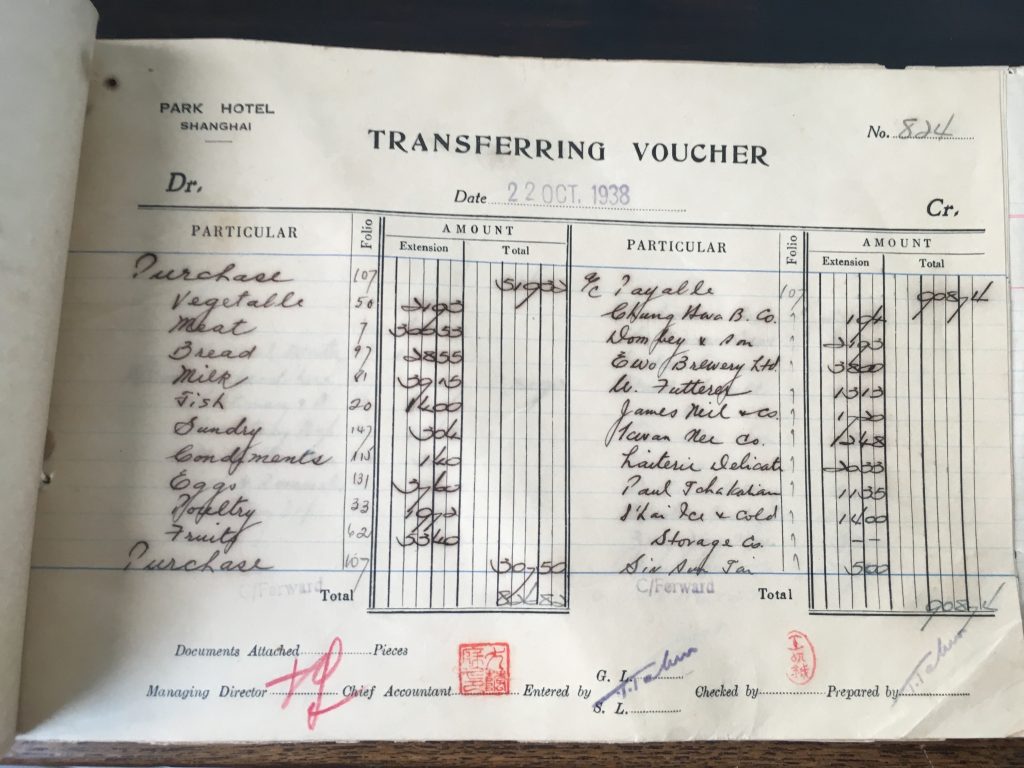
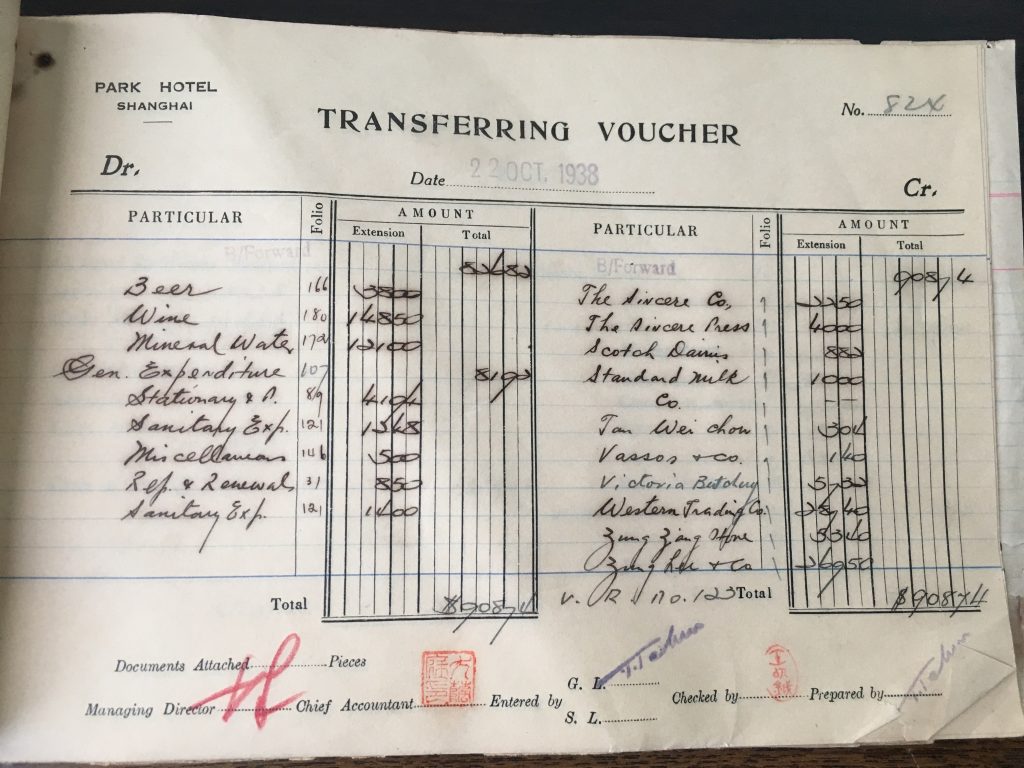
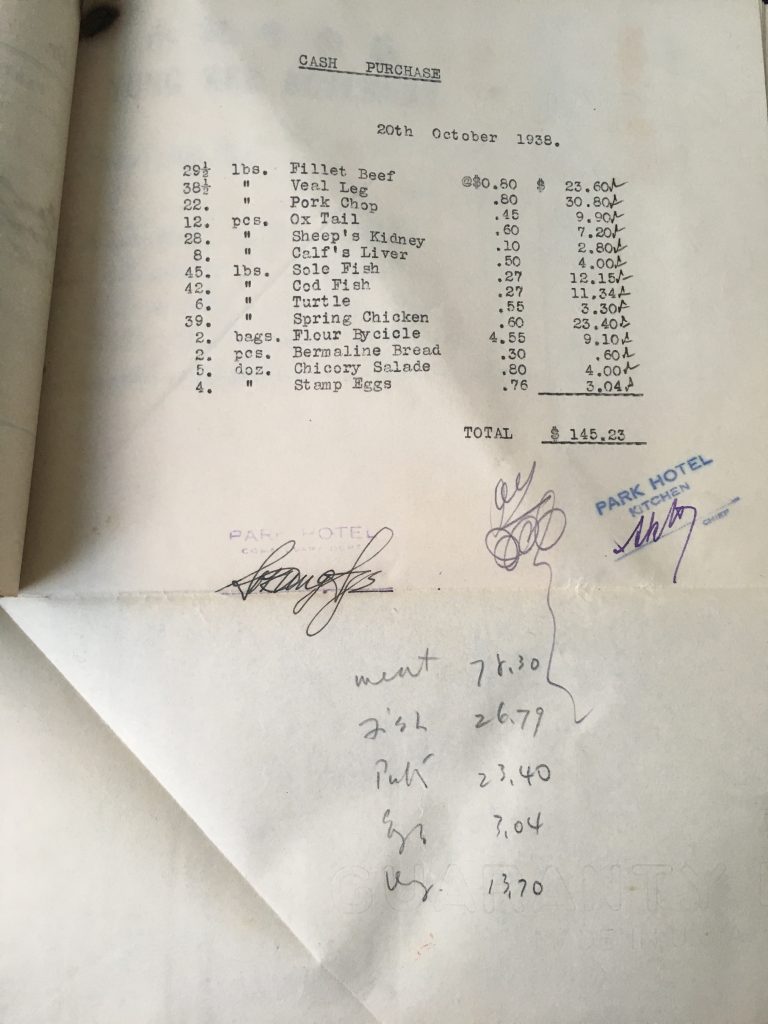
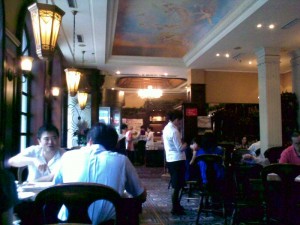
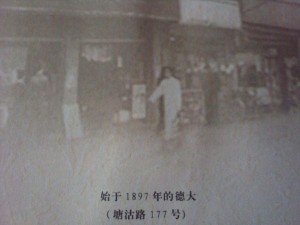
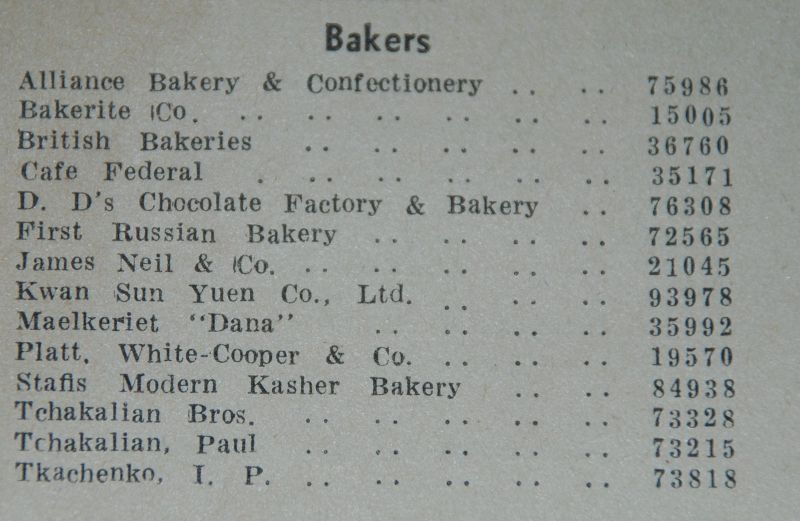 I looked into the “bakery” entry of this older version of the phone book and found out 15 entries. I remember reading that the bakery business in the 30’s was run by many Russians in Shanghai. By looking at the names of the shop, at least 5 of them were run by Russians. The most obvious was First Russian bakery, Tchakalian (more about in a further post) and Tkachenko.
I looked into the “bakery” entry of this older version of the phone book and found out 15 entries. I remember reading that the bakery business in the 30’s was run by many Russians in Shanghai. By looking at the names of the shop, at least 5 of them were run by Russians. The most obvious was First Russian bakery, Tchakalian (more about in a further post) and Tkachenko.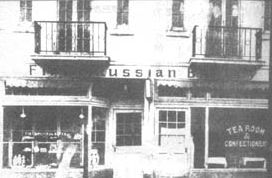 First Russian bakery is pictured right (picture is from the website of the Shanghai municipal archives). Located on 234-
First Russian bakery is pictured right (picture is from the website of the Shanghai municipal archives). Located on 234-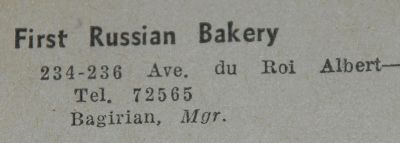 236 Avenue du Roi Albert (This now Shanxi Nan Lu, the location was approximately opposite Parkson on the other side of Shanxi Nan Lu). This was the urban art of the French Concession where many small apartment buildings were built, not far from
236 Avenue du Roi Albert (This now Shanxi Nan Lu, the location was approximately opposite Parkson on the other side of Shanxi Nan Lu). This was the urban art of the French Concession where many small apartment buildings were built, not far from 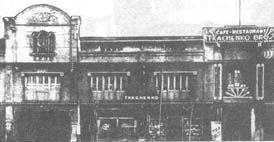 Tkachenko bakery was also pictured on the same website.
Tkachenko bakery was also pictured on the same website.